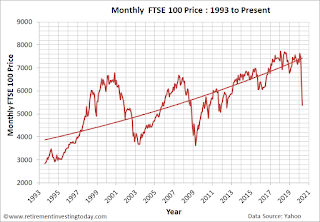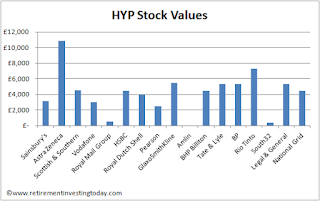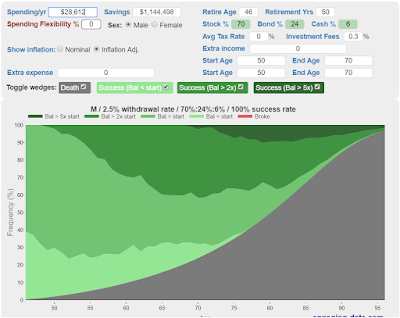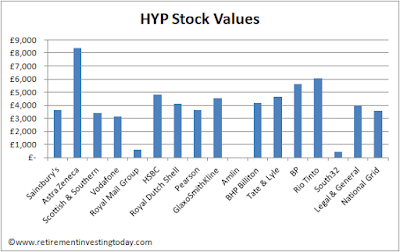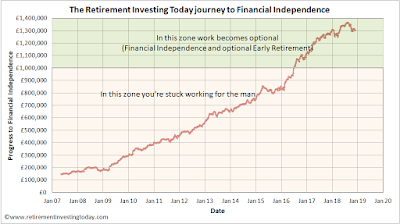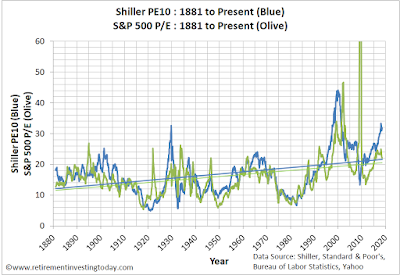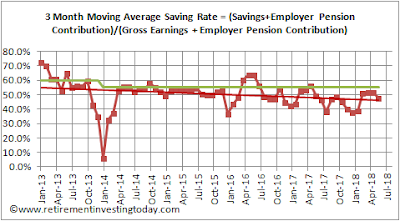I’m not sure if it’s the COVID-19 lockdown affecting me, or whether this is really a thing, but over the past month or so I’ve started to really notice companies stretching their take on integrity. Maybe I was just in a bubble before but for me if you don’t have integrity I don’t want to be anywhere near you. Let’s look at a few examples that I’ve personally come across.
BT this week published their 4th quarter and year end results. Within that were these pearls of wisdom - "In order to deal with the potential consequences of Covid-19, allow us to invest in FTTP and 5G, and to fund the major 5-year modernisation programme, we have also taken the difficult decision to suspend the dividend until 2022 and re-base thereafter.”
Now I know that lots of businesses are currently doing it tough but I just cannot see how BT can be worse off because of COVID-19 given we are currently in a world where the majority of communication can only be done via telephone or electronic data transfer. My view, without having any knowledge of BT, is that the COVID-19 situation is just obfuscation from the fact that the board can’t figure out how to set pricing and manage their cost base to enable investment to stay competitive and give some cash back to the owners of the business.
I also take issue with term “re-base”. It’s cut or reduce. I’ve never heard anybody say I’m going to “re-base” my grocery bill.
Fortunately, other than in my FTSE100 tracker, I don’t own BT.
RateSetter is another. When I first started investing with them they had products called 3 Year, 1 Year and Monthly. Since then they’ve moved away from that model and amongst a few new products introduced a product called “Access”.
Given the current climate it’s no secret that P2P lenders are doing it tough. I can accept that it’s so tough that lenders like me might start taking capital losses or even lose the majority of it. After all with peer-to-peer it’s always stated that “capital is at risk”.
BT this week published their 4th quarter and year end results. Within that were these pearls of wisdom - "In order to deal with the potential consequences of Covid-19, allow us to invest in FTTP and 5G, and to fund the major 5-year modernisation programme, we have also taken the difficult decision to suspend the dividend until 2022 and re-base thereafter.”
Now I know that lots of businesses are currently doing it tough but I just cannot see how BT can be worse off because of COVID-19 given we are currently in a world where the majority of communication can only be done via telephone or electronic data transfer. My view, without having any knowledge of BT, is that the COVID-19 situation is just obfuscation from the fact that the board can’t figure out how to set pricing and manage their cost base to enable investment to stay competitive and give some cash back to the owners of the business.
I also take issue with term “re-base”. It’s cut or reduce. I’ve never heard anybody say I’m going to “re-base” my grocery bill.
Fortunately, other than in my FTSE100 tracker, I don’t own BT.
RateSetter is another. When I first started investing with them they had products called 3 Year, 1 Year and Monthly. Since then they’ve moved away from that model and amongst a few new products introduced a product called “Access”.
Given the current climate it’s no secret that P2P lenders are doing it tough. I can accept that it’s so tough that lenders like me might start taking capital losses or even lose the majority of it. After all with peer-to-peer it’s always stated that “capital is at risk”.

